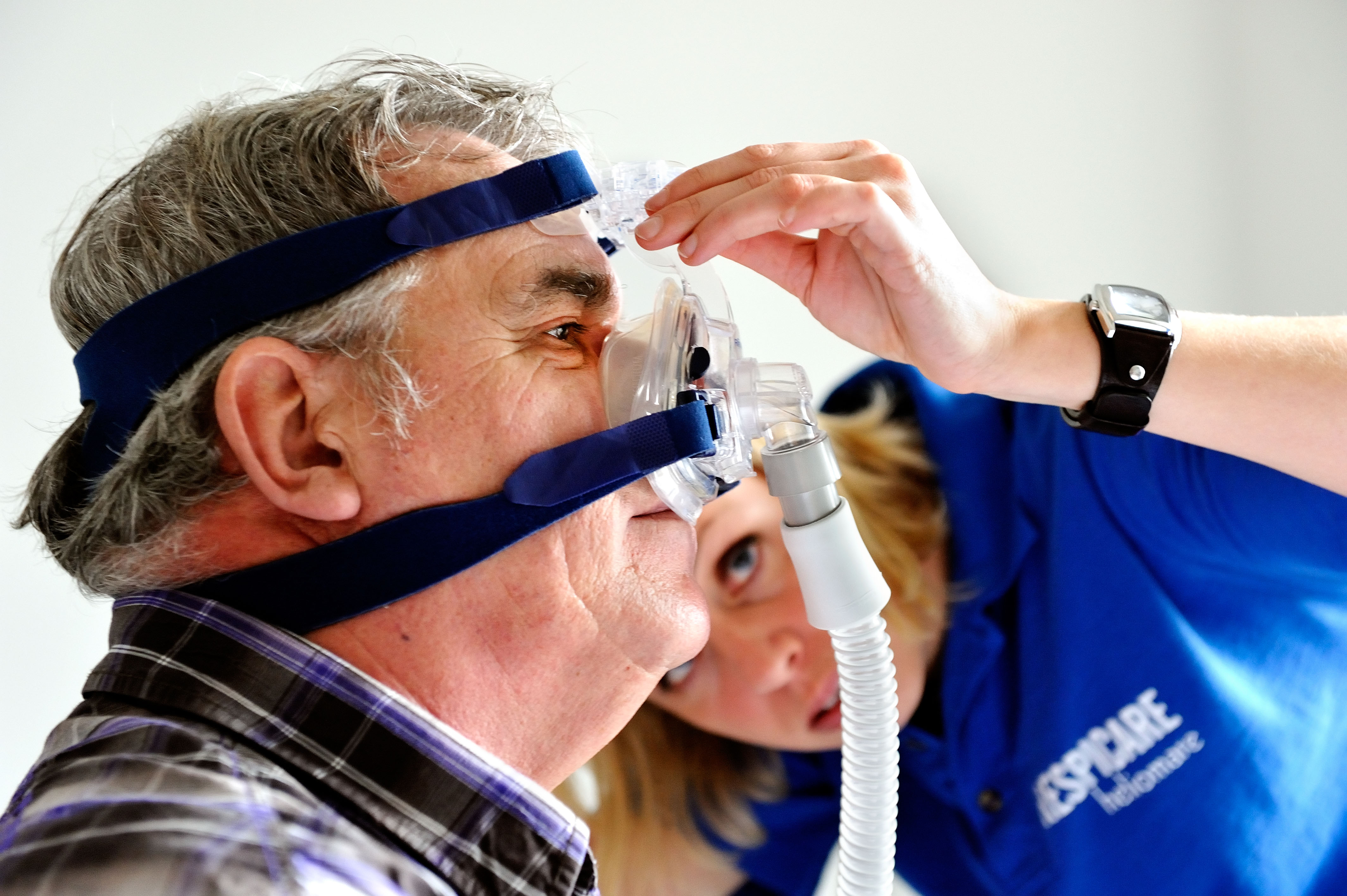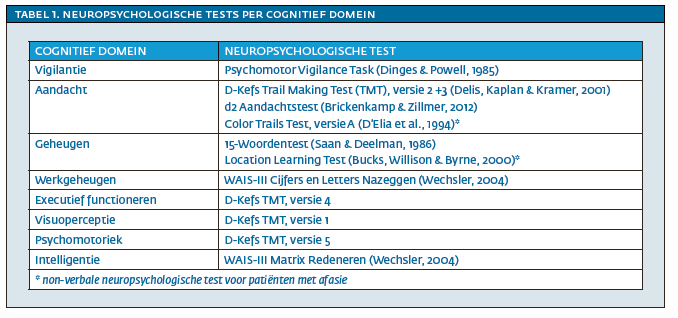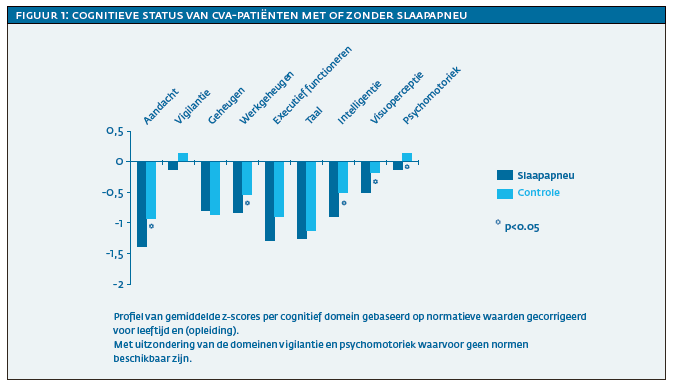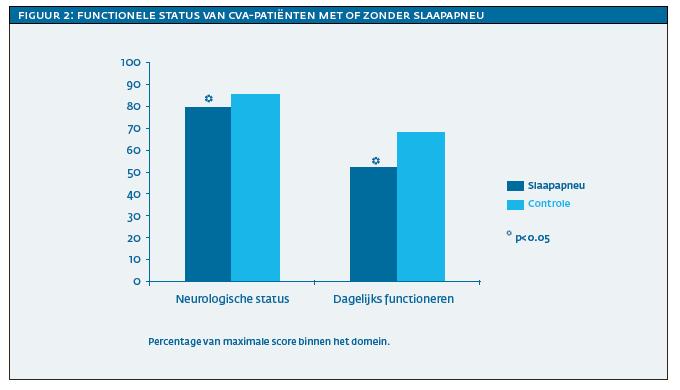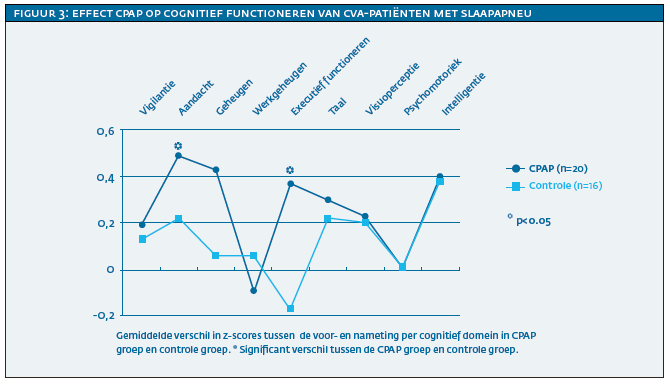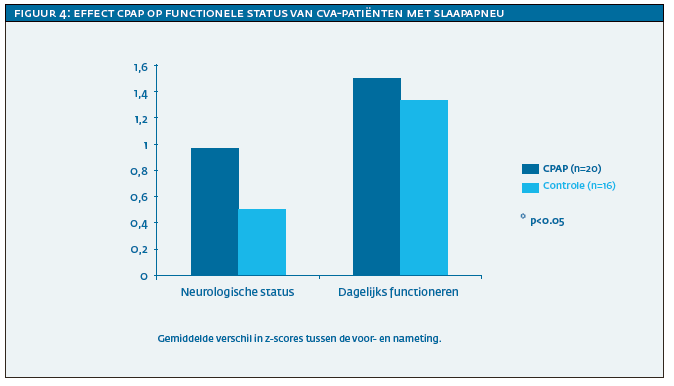Slaapapneu is een slaapstoornis waarbij er sprake is van het herhaald optreden van ademstilstanden tijdens de slaap. Deze ademstilstanden worden ook wel apneus genoemd. Slaapapneu gaat gepaard met zuurstofdalingen in het bloed, wat tot een tijdelijk zuurstoftekort en verhoogd koolstofdioxidegehalte leidt.
Er zijn diverse vormen van slaapapneu met verschillende oorzaken. De meest voorkomende vorm is obstructief slaapapneu (OSA), waarbij de apneus worden veroorzaakt door een afsluiting van de luchtweg. Een andere vorm is centraal slaapapneu (CSA). Bij CSA wordt vanuit de hersenen geen prikkel gegeven aan de ademhalingspieren. Ook is een combinatie van beide vormen mogelijk. De ernst van de slaapapneu wordt bepaald door het aantal apneus en gedeeltelijke ademstops (hypopneus) per uur slaap (apneuhypopneu index; AHI), waarbij een onderscheid gemaakt wordt tussen lichte (≥5), matige (≥15) en ernstige slaap apneu (≥30).
In dit artikel, dat zich focust op apneu bij patiënten met een beroerte, zal de overkoepelende term ‘slaapapneu’ worden gebruikt voor alle vormen van matige tot ernstige slaapapneu. Bij referenties

